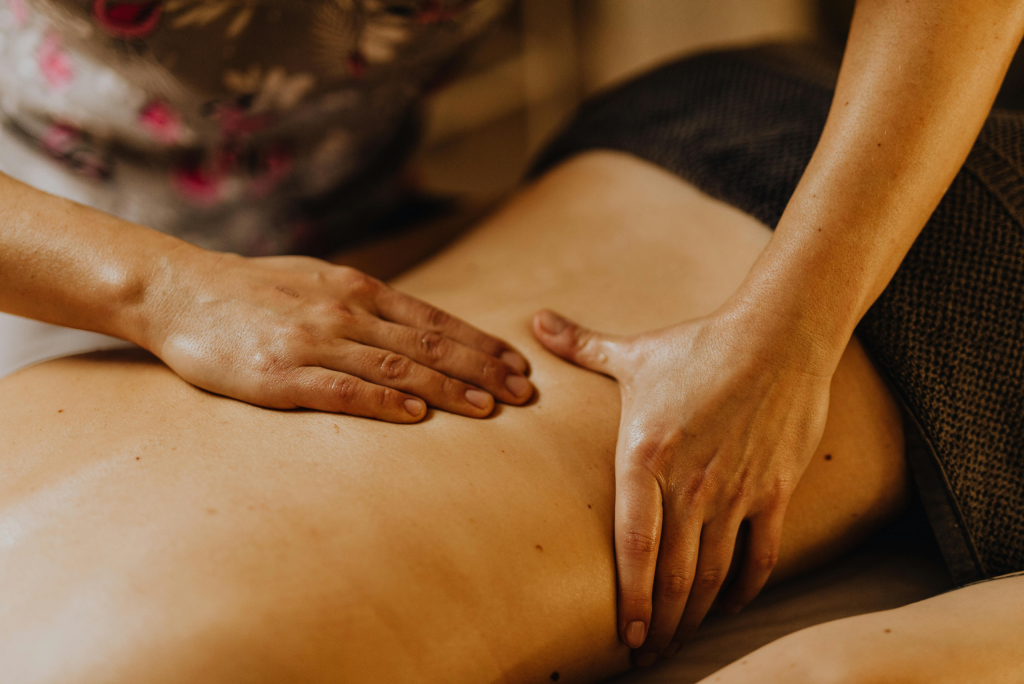
Unlocking Relaxation: A Beginner's Guide into Swedish Massage
Are you feeling stressed, tense, or just in need of some relaxation? Swedish massage might be the perfect solution for you. This gentle and soothing form of massage therapy is known for its ability to promote relaxation, relieve muscle tension, and improve circulation.
What is Swedish Massage?
Swedish massage originated in the 18th century thanks to the innovative methods of Per Henrik Ling, a Swedish physician. This therapeutic approach is characterised by its use of gentle techniques, aiming to soothe the body and mind. Through a series of long, gliding strokes, kneading actions, and circular movements, this massage works to ease muscle tension and foster an enhanced state of relaxation.
What’s The Difference Between Deep Tissue and Swedish Massage?
At the core of the distinction between deep tissue and Swedish massage lies the intensity and focus of the techniques employed. Deep tissue massage delves into the deeper layers of muscle and connective tissue, employing firm pressure and concentrated strokes to target areas of chronic pain and tension. This method is particularly beneficial for individuals with persistent muscle discomfort or those recovering from injuries.
Swedish massage utilises a lighter touch, with techniques designed to enhance relaxation and blood circulation. Its gentle, flowing strokes aid in unwinding and alleviating superficial muscle stress rather than addressing deeper muscular issues.
For those seeking a less rigorous treatment, Swedish massage is the perfect choice for individuals aiming to experience the therapeutic benefits of massage without the intensity of deep tissue techniques.
The 5 Techniques
Swedish massage employs five techniques designed to relax the body and alleviate muscle strain. These are:
Effleurage
This technique involves long, soft strokes across the body, initiating the process of muscle relaxation and warming. The gentle, sweeping movements aid in enhancing blood circulation and setting a calming pace for the session.
Petrissage
This works by compressing and releasing muscle tissues through deeper kneading and rolling motions. This not only aids in relieving muscle tension but also stimulates lymphatic drainage and improves blood flow to the muscles.
Friction
Through small, circular pressures applied across the muscle fibres, this aims to break down knots and adhesions in the muscles and soft tissues. Friction is essential for enhancing tissue flexibility and can be beneficial in areas of chronic muscle tension.
Tapotement
This involves brisk tapping or patting motions. Tapotement is known for its revitalising effect on the muscles, boosting circulation and awakening the nervous system. It's a dynamic method that contributes to the multifaceted benefits of Swedish massage.
Vibration
Here, we employ rapid, shaking movements to create vibrations within the muscles. This induces relaxation, easing muscle tightness, and promoting a deeper sense of well-being. Vibration ends the massage on a note of total relaxation, preparing the body and mind to integrate the benefits of the session.
Understanding its Benefits
Swedish massage offers a plethora of health benefits that extend far beyond relaxation. It can significantly alleviate stress, reducing cortisol levels, and promoting a healthier state of mind.
Regular sessions are known to enhance sleep quality, aiding in the management of insomnia and ensuring deeper, more restorative rest. Additionally, the improved blood circulation resultant from the gentle strokes of Swedish massage can expedite the healing process of injuries and reduce recovery times. The technique stimulates lymph flow, acting as a natural defence mechanism against illnesses.
For those afflicted with conditions such as arthritis or fibromyalgia, Swedish massage has been observed to diminish pain levels and increase range of motion, providing a non-invasive method of pain management.
Engaging in regular Swedish massage therapy sessions not only enhances physical well-being but also contributes significantly to mental and emotional health, laying the foundation for a more balanced lifestyle.
Maximising the Benefits
To fully experience the advantages offered by Swedish massage, informing your therapist of your unique requirements and the outcomes you desire enables a bespoke session that aligns with your wellness goals. Adjustments in pressure or focus areas can enhance your experience, ensuring the therapy is both enjoyable and effective. Following your session, it's advisable to drink plenty of water. This practice aids in eliminating any released toxins and assists in the rehydration of your muscles, promoting quicker recovery and extending the effects of the massage.
How Often Should I Have Swedish Massage?
It largely depends on your personal wellness goals, lifestyle, and, importantly, budgetary considerations. If you are looking to alleviate chronic stress or muscle tension, a more regular schedule could be beneficial, such as once a week or fortnightly sessions. This consistent approach can help maintain the body’s relaxed state. Or if you are considering Swedish massage as a means of occasional relaxation or a treat, a monthly session would suffice.
It's also worth considering the body's response to massage; some may find greater benefits with increased frequency, while others might require time between sessions for their body to adjust. Consulting with your therapist can provide tailored advice, taking into account your specific needs.
Whatever you decide is the best frequency for having your sessions – a one-off, once a month or once a year, your mind and body will love the relaxation and other benefits that it brings. Click here to view our Swedish Massage availability with Swedish Massage Therapist, Heather.